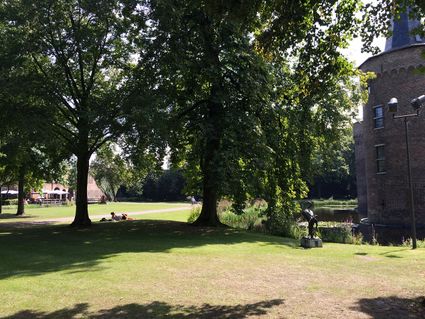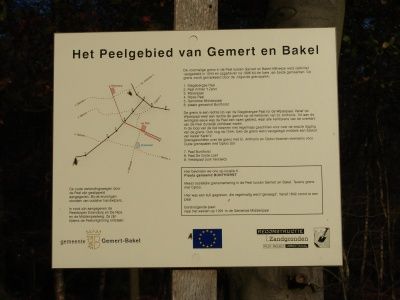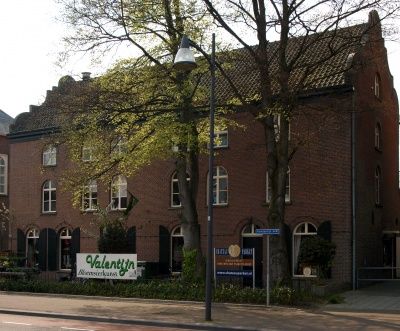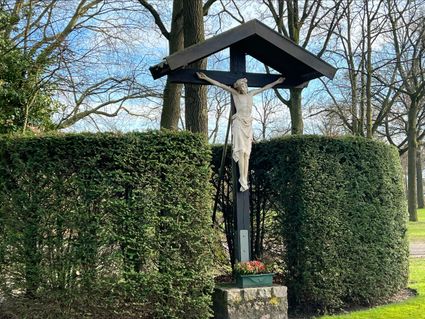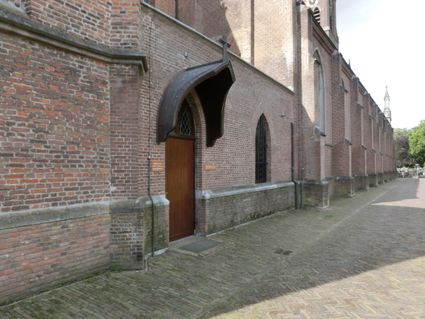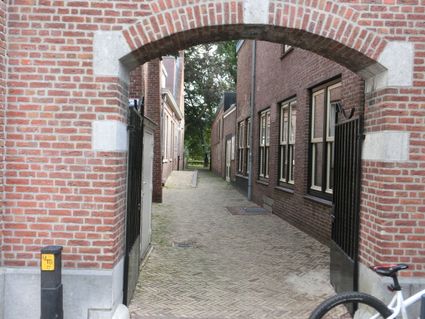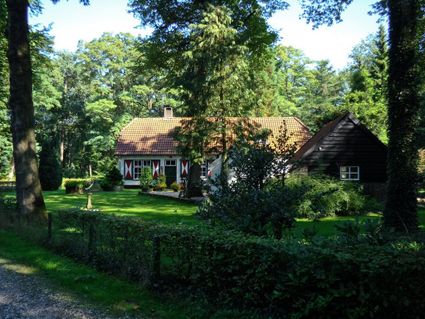Hoeve Ten Hogen Aarle, Gemert
East of the road from Mortel to Bakel was the property Ten Hogen Aarle. The farm was first mentioned in 1366 and was one of the oldest possessions of the noble Van Gemert family. Around 1440, Goyart Peter van Lankveld, husband of Jenneke, daughter of Goyart van Gemert, became the owner. The farmstead then remained the property of the jonkers Van Lankveld for a long time, but was soon split into two farmsteads. In 1587 there is talk of both the old house on Den Hogen Aerle, and the new house there, owned respectively by Jonker Goort van Lankveld the old and Goort van Lankveld the young.
Ten Hogen Aarle was a farmstead with m…
East of the road from Mortel to Bakel was the property Ten Hogen Aarle. The farm was first mentioned in 1366 and was one of the oldest possessions of the noble Van Gemert family. Around 1440, Goyart Peter van Lankveld, husband of Jenneke, daughter of Goyart van Gemert, became the owner. The farmstead then remained the property of the jonkers Van Lankveld for a long time, but was soon split into two farmsteads. In 1587 there is talk of both the old house on Den Hogen Aerle, and the new house there, owned respectively by Jonker Goort van Lankveld the old and Goort van Lankveld the young.
Ten Hogen Aarle was a farmstead with moats around it. The moat encompassed the entire yard, so that a small bridge was needed to enter the yard. On the land registry map of 1832 an important part of the moat is still visible. It is a double moat. The prestige and status of the farmstead must therefore have been very great. This is evident not only from the fact that the farmstead was owned by local noble families for centuries. In 1737, the farmstead became the property of the church of Gemert. The moats surrounding the farmstead have completely disappeared. The farmstead is still inhabited. A number of convex fields are visible around the 0.9 ha site. Ten Hogen Aarle is located near the Peelrand fault, on its low side, so that use could be made of the present pointing water for the purpose of the moat.
